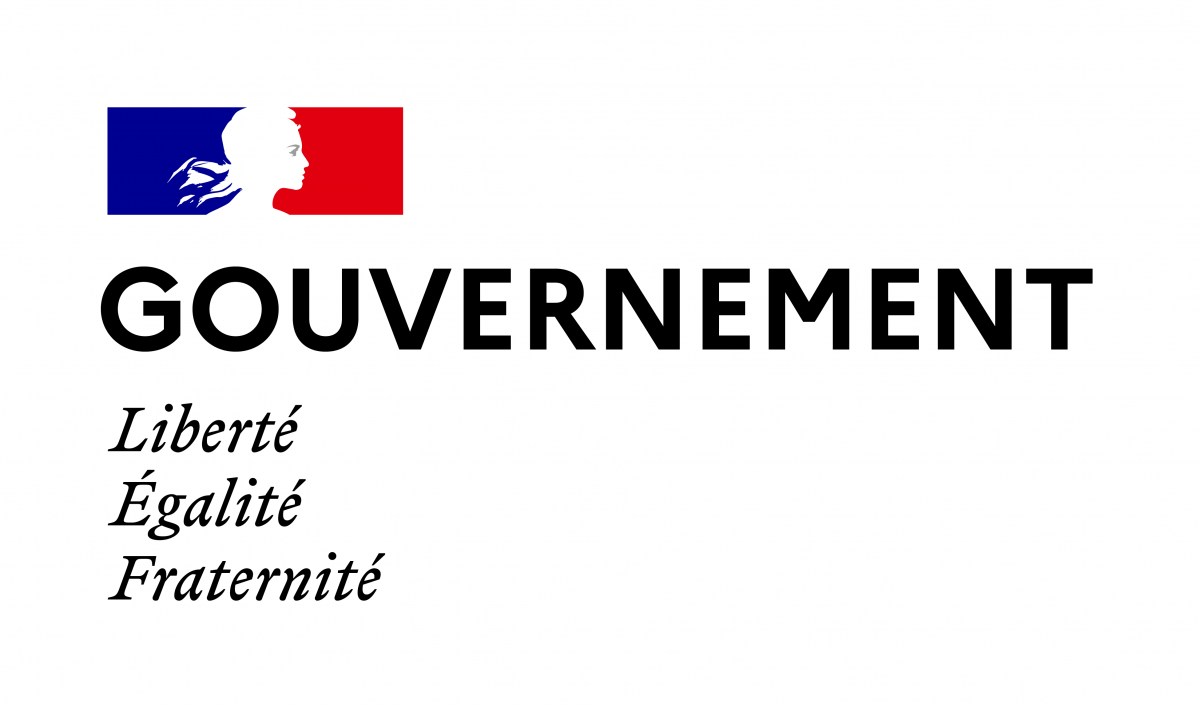093 - Conservation, restoration and sustainable management of mangrove ecosystems
093 - Conservation, restoration and sustainable management of mangrove ecosystems
NOTING that since the last IUCN Resolution on mangroves globally, General Assembly Resolution 15.12 Protection of mangrove ecosystems (Christchurch, 1981), more than one-third of the world’s mangroves have disappeared;
RECALLING that mangroves and associated tropical coastal ecosystems harbour vital biodiversity, are highly productive and provide major ecosystem services like coastal protection, carbon storage, water purification, flood prevention, sediment trapping, prevention of salt intrusion, important cultural and heritage values, and nursery habitat for fisheries species, and therefore contribute towards poverty alleviation, food security, nutrition and support for livelihoods of coastal communities, as well as climate change adaptation and mitigation;
RECOGNISING that mangroves support complex ecological communities that are typically tightly linked with adjacent ecosystems such as mudflats, coral reefs, seagrass beds and salt marshes via ecological processes and energy flows and that therefore, thousands of other species are interacting with mangroves in a myriad of ways and with complex interdependencies;
CONCERNED by the continued worldwide loss of mangroves at an alarming rate – over half of them have disappeared in the last century – principally due to impacts of human activities, including coastal and infrastructure development, agriculture, intensive aquaculture, over-harvesting and climate change;
NOTING the need to foster the application of best practices in development and implementation of mangrove restoration projects in terms of location, selected species and techniques; and
WELCOMING the contribution of global mangrove conservation initiatives, including the Global Mangrove Alliance, Save Our Mangroves Now!, International Society of Mangrove Ecosystems and the International Tropical Timber Organization’s Bali Call to Action for Sustainable Mangrove Ecosystems 2017 as well as other efforts contributing to the same overall goals, such as the IUCN Mangrove Specialist Group and pledging mechanisms for mangrove conservation targets, including the Bonn Challenge for restoration and the United Nations Community of Ocean Action (CoA) on Mangroves, supporting implementation of Sustainable Development Goal 14;
1. URGES Members to take all necessary measures to protect, sustainably manage and, where relevant, restore mangroves and associated ecosystems, applying best practices of nature-based solutions and ecological restoration, and to promote further knowledge and adaptive management;
2. URGES Members to involve local communities and traditional owners, applying participatory and co-management approaches for conservation, such as land acquisition where appropriate, restoration and sustainable management of mangroves, while recognising environmental and social safeguards, ensuring approaches are inclusive and following best practices, and recognising that communities dependent on mangroves may be some of the poorest, most marginalised and vulnerable;
3. ENCOURAGES Members to join, support and contribute to ongoing mangrove conservation and restoration efforts;
4. REQUESTS urban and infrastructure development and agriculture authorities, as well as the private sector, to adequately consider the provision of ecosystem services by mangroves, to systematically consider climate projections for sea-level rise with a view to allowing ecosystems to migrate inland, to adopt ecosystem-based adaptation and ridge-to-reef approaches that consider upstream impacts on mangroves, and to ensure sustainable use of wetlands; and
5. CALLS ON relevant authorities to assess and integrate services provided by mangroves into law-making and regulatory authorisation procedures for projects that impact mangroves directly or indirectly, and to adopt adequate compliance and enforcement processes.


